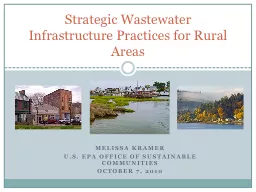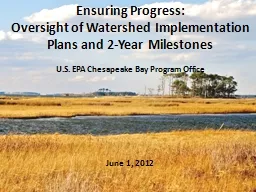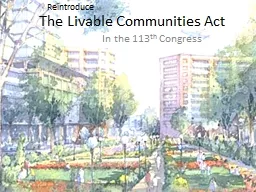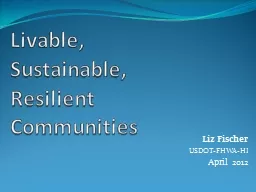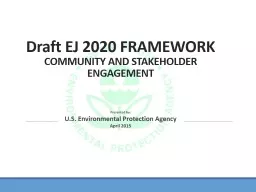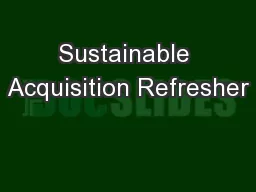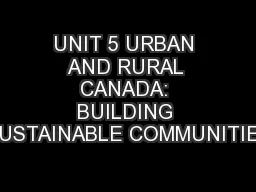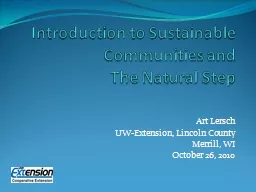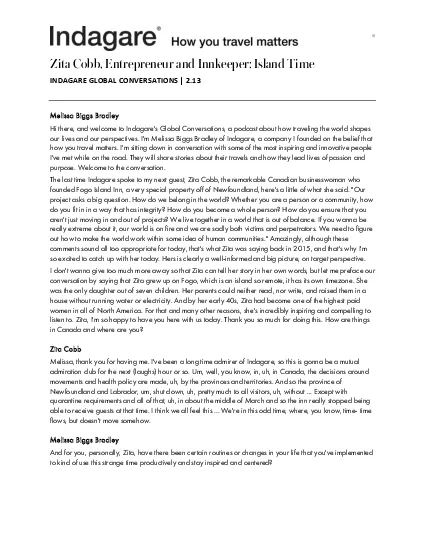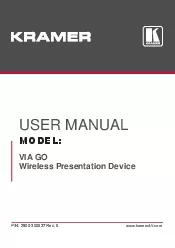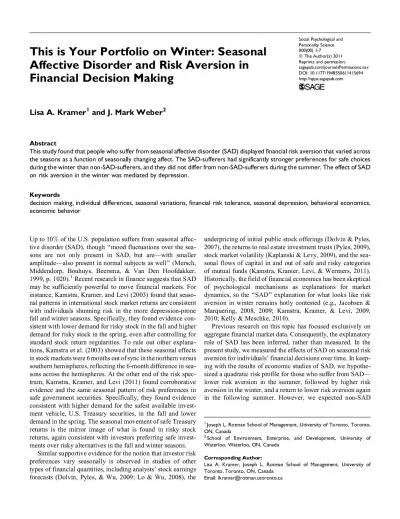PPT-Melissa Kramer U.S. EPA Office of Sustainable Communities
Author : pamella-moone | Published Date : 2018-03-08
October 7 2010 Strategic Wastewater Infrastructure Practices for Rural Areas Planning for Wastewater Needs 2 Will significantly affect regions character and growth
Presentation Embed Code
Download Presentation
Download Presentation The PPT/PDF document "Melissa Kramer U.S. EPA Office of Sustai..." is the property of its rightful owner. Permission is granted to download and print the materials on this website for personal, non-commercial use only, and to display it on your personal computer provided you do not modify the materials and that you retain all copyright notices contained in the materials. By downloading content from our website, you accept the terms of this agreement.
Melissa Kramer U.S. EPA Office of Sustainable Communities: Transcript
Download Rules Of Document
"Melissa Kramer U.S. EPA Office of Sustainable Communities"The content belongs to its owner. You may download and print it for personal use, without modification, and keep all copyright notices. By downloading, you agree to these terms.
Related Documents

